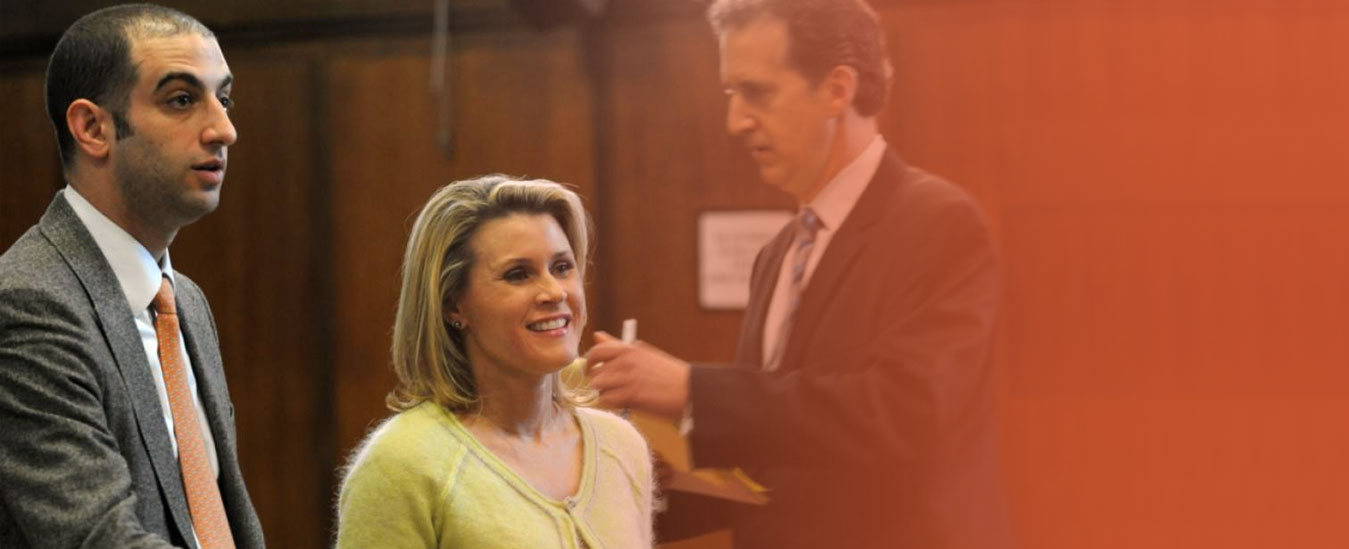LEGALIZATION OF MEDICAL MARIJUANA
Marijuana is also known as pot or cannabis. It is said to have originated from Asia around 500BC. It was not grown to get high, but as a herbal medicine. It was later introduced to Africa, Europe and eventually in the Americas. It was also grown for textile and rope. Its fiber was also used to make paper, sails and its seeds used as food.
It was discovered by Sir William Broke O’Shaughnessy in the 1830s that marijuana was essential in reducing vomiting and stomach pains in cholera patients. By the late 1800s, cannabis was greatly used to treat stomach pains and other ailments in Europe and the United States.
It was later discovered that tetrahydrocannabinol (THC) was the source of marijuana’s medicinal properties. THC is also responsible for the mind altering effects. It is said to interact with certain areas of the brain that lessen nausea and boost appetite. It can be consumed via ccell vape carts, and other formats.
Medical Marijuana has potential therapeutic values of cannabinoid drugs. THC is used to relief pain, reduce nausea and boost the appetite. Consequently, it’s used to relieve symptoms from some diseases like HIV/AIDS, cancer and glaucoma. However, it has some psychological side effects when smoked that include anxiety reduction and euphoria.
In 1937, The Marijuana Tax Act was introduced by the Federal Government. It was used to criminalize the use of Marijuana nationwide. An Excise tax was imposed on sale or possession of marijuana effectively criminalizing all but the industrial use of Marijuana.
Samuel Caldwell was the first person to be arrested for sale of Marijuana. He was sentenced to four years of hard labor, two days after the passage of the Act. As part of the war on hard drugs, Marijuana was classified as a Schedule 1 Substance under the Controlled Substance Act in 1970. It was listed among drugs such as Heroin, LSD and Ecstasy.
Most of these drugs are classified to have a high dependency. This made the distribution and consumption of marijuana a federal offense. The National Commission for Marijuana and Drug Abuse presented a repost in 1972 titled, “Marijuana: A Signal of Misunderstanding.” The report called for more lenient measure for persons found with small amounts of Marijuana.
In 1996, California, through the Compassionate Act became the first state to legalize Marijuana for medical use. It was used on patients with severe and chronic illness. Washington and Colorado became the first states to legalize the use of Marijuana for recreational purposes in 2012.
The consumption of marijuana has been normalized in 37 states in America for medicinal purposes. 16 of these States have legalized consumption of Marijuana for adults above 21 years of age. This ultimately means that a wider population has access to Marijuana.
Emphasis have been made on retail markets for legal marijuana in Washington DC and Colorado. Commercial model being the reason for legal production and other available strategies. The consequences of its legalization are yet to be assessed. These will depend on its usage and the laws instructed by the federal government.
Decriminalized states like California and North Carolina retained the criminal offences of marijuana. Other states reduced the penalties for the first-time offenders. Both were called the non-decriminalized and decriminalized states.
California became the first state to pass the Medical Marijuana Law (MML) in 1996. Later, 25 more states passed the law. Over the years, the MML findings have varied among states and within a given time. The Federal government has also influenced the changes. The state policies were greatly affected by a political wave. Ballot era (1996-2000) the law aimed at protecting patients who used medical marijuana. Some people passed in California due to its proposition. McCaffrey threatened to arrest any medical practitioner who used marijuana on any patient. Eventually, there was the establishment of legal access to medical marijuana.
Later, Hawaii passed the MML by state legislature other than Ballot era. During this era the rules passed included patient registry provisions and the amount that people would grow. New Mexico was the only state that had legal provision for state-licensed dispensaries by July 2007.
In 2009, after the inauguration of President Barrack Obama, Attorney General Eric Holder issued a statement. The federal authorities were not supposed to interfere with medical marijuana dispensaries. This led to increased adopted policies by states during the post legislative era. As from 2010, traditional medical care and pharmaceutical regulations that concede with medical marijuana policies were adopted in most states.
Cannabidiol (CBD)-law was also enacted since 2014. The law allowed patients to use CBD extracts in oil form and minimize the use of THC content. This had been passed in sixteen states.
As at 2016, at least five states had policies on amounts of Marijuana of 21 years and above could possess for recreational purposes. Colorado and Washington had approved this legal initiatives through voting on November 2012. Alaska, Oregon, and District of Columbia also approved this policies in November 2014.
The regulatory framework is currently complex and dynamic. Local Governments are continually adopting new legislation to evolve with the Industry. The implementation of these policies and legal frameworks will eventually determine the pricing, availability and overall perceptions on use of Marijuana. Social approval will also be highly dependent on the policies adopted.
District of Columbia still restricts the sale of Marijuana and attracts a fine of $1,000 or a jail term of up to six months. However, adults are still allowed to grow up to six plants in their residence. States like Colorado, Washington, Oregon and Alaska have established commercialized models for the sale of Marijuana. However, measures have been put in place limiting amount that can be grown by farmers to reduce instances of over production. Some of the measures include issuance of limited licenses.
While assessing further policy reforms, a variety of Marijuana liberalization policies are often ignored. The knowledge on impacts of the Marijuana liberalization policies on its consumption, benefits and harms is quite limited. This is despite the wide spread state experimentation with policies since the 1970’s. This can mainly be attributed to lack of attention on existing policies, specific populations and modes of consumption.
Citations
1. https://www.history.com/topics/crime/history-of-marijuana
2. https://drugpolicy.org/issues/marijuana-legalization-and-regulation
3. https://www.ncbi.nlm.nih.gov/pmc/articles/PMC6358421/















